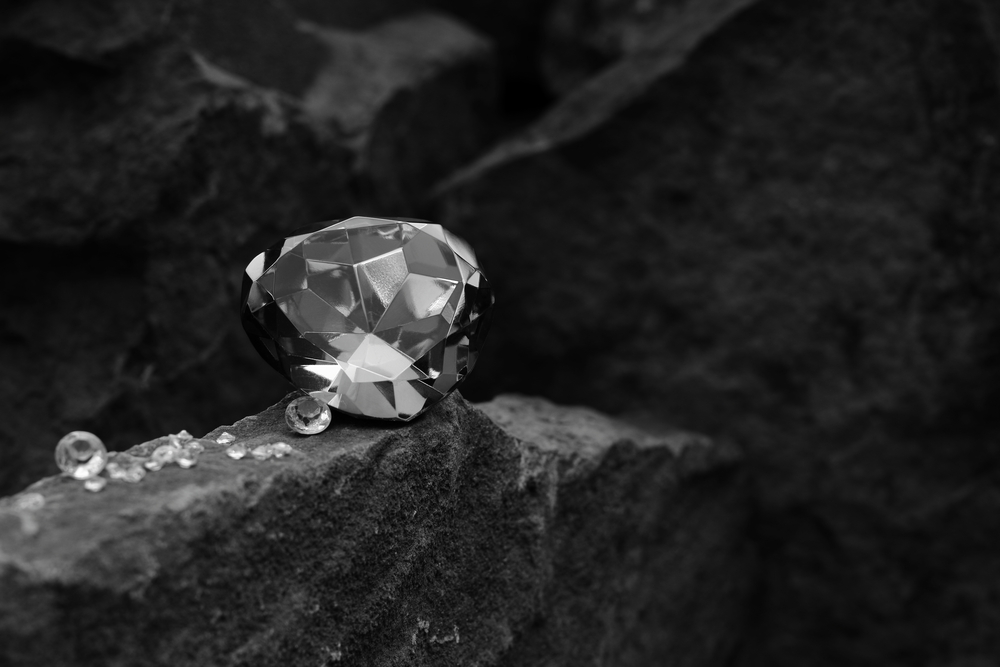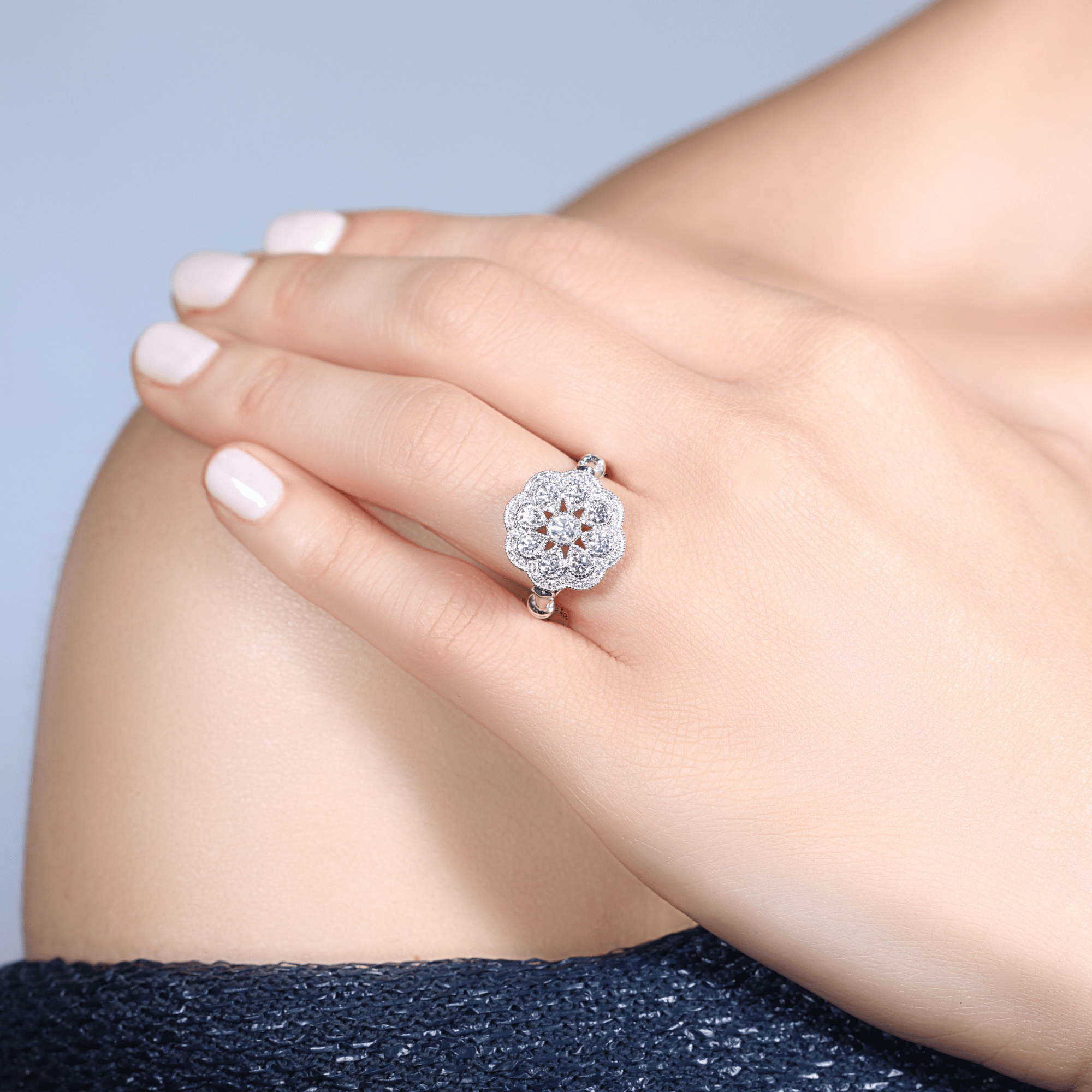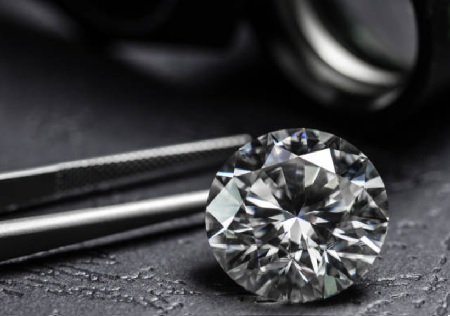
In a world where sustainability and ethical choices are increasingly prioritized, lab-grown diamonds have emerged as a beacon of innovation. But what exactly are lab-grown diamonds, and how do they reflect and influence various cultures? This article delves into the fascinating intersection of cultures and lab grown diamonds, exploring their impact, perception, and the future they herald.
The Rise of Lab-Grown Diamonds
Lab-grown diamonds, also known as synthetic diamonds, are created in controlled environments using advanced technological processes that mimic the natural conditions under which diamonds form. This technological marvel raises several intriguing questions. How have these diamonds gained traction so quickly? What cultural shifts have enabled their acceptance?
Lab-grown diamonds gained popularity due to their ethical and environmental benefits. Unlike mined diamonds, they do not contribute to ecological destruction or unethical labor practices. As society becomes more conscious of its footprint on the planet, the demand for sustainable luxury has surged, making lab-grown diamonds a preferred choice.
Cultural Acceptance and Perception
Understanding the cultural acceptance of lab-grown diamonds requires a look at societal values. In many cultures, diamonds symbolize wealth, love, and status. The transition from natural to lab-grown diamonds is a significant shift, challenging traditional views.
In Western cultures, where individualism and environmentalism are growing, lab-grown diamonds are celebrated. Millennials and Gen Z, in particular, prioritize sustainability and are drawn to the ethical allure of lab-grown diamonds. These generations view lab-grown diamonds as a statement of their values, merging luxury with responsibility.
Conversely, in some Eastern cultures, where tradition and heritage hold substantial weight, the acceptance of lab-grown diamonds is slower. Natural diamonds are often tied to cultural rituals and legacies, making the shift more complex. However man made diamonds, with increasing awareness and education, perceptions are gradually changing, especially among younger demographics who are more open to innovation and sustainability.
The Science Behind the Sparkle
Lab-grown diamonds are created using two primary methods: High Pressure High Temperature (HPHT) and Chemical Vapor Deposition (CVD). Both processes replicate the natural formation of diamonds, resulting in stones that are chemically, physically, and optically identical to their mined counterparts.
HPHT involves subjecting carbon to intense pressure and temperature, mimicking the conditions deep within the Earth’s mantle. CVD, on the other hand, involves breaking down carbon-rich gases in a vacuum chamber, allowing carbon atoms to deposit onto a substrate and form a diamond.
These scientific advancements not only produce high-quality diamonds but also allow for customization in size, color, and clarity. This level of control and precision is revolutionizing the jewelry industry, offering consumers unparalleled choices.
Environmental and Ethical Impacts
The environmental and ethical impacts of lab-grown diamonds cannot be overstated. Traditional diamond mining is associated with significant ecological damage, including deforestation, soil erosion, and water pollution. Furthermore, the diamond mining industry has long been plagued by issues of child labor, poor working conditions, and conflict diamonds that finance wars and human rights abuses.
Lab-grown diamonds offer a solution to these problems. They require substantially less land and water, produce fewer carbon emissions, and eliminate the risk of human rights abuses associated with mining. By choosing lab-grown diamonds, consumers can enjoy the beauty and luxury of diamonds without compromising their ethical and environmental values.
The Future of Diamonds: Bridging Tradition and Innovation
As we look to the future, the relationship between culture and lab-grown diamonds is poised to evolve further. With continuous advancements in technology, the quality and affordability of lab-grown diamonds will improve, making them accessible to a broader audience.
Education and awareness campaigns will play a crucial role in changing perceptions and bridging the gap between tradition and innovation. Jewelry brands and influencers can highlight the benefits of lab-grown diamonds, emphasizing their ethical and sustainable attributes while celebrating their beauty and value.
Moreover, the rise of lab-grown diamonds presents an opportunity for cultures to redefine their relationship with luxury. By embracing sustainable practices, societies can uphold traditions while adapting to contemporary values.
Conclusion: A Diamond for the Modern Age
Lab-grown diamonds are more than just a technological marvel; they represent a shift in cultural values towards sustainability, ethics, and innovation. They challenge traditional perceptions and offer a sustainable alternative that aligns with modern values.
So, will lab-grown diamonds eventually overshadow their natural counterparts? Only time will tell. What is clear, however, is that they are here to stay, shimmering as a testament to human ingenuity and a commitment to a better future.
In this evolving landscape, one thing remains certain: the allure of diamonds, whether mined or lab-grown, continues to captivate the human spirit, symbolizing love, commitment, and beauty in a world that is ever-changing.







